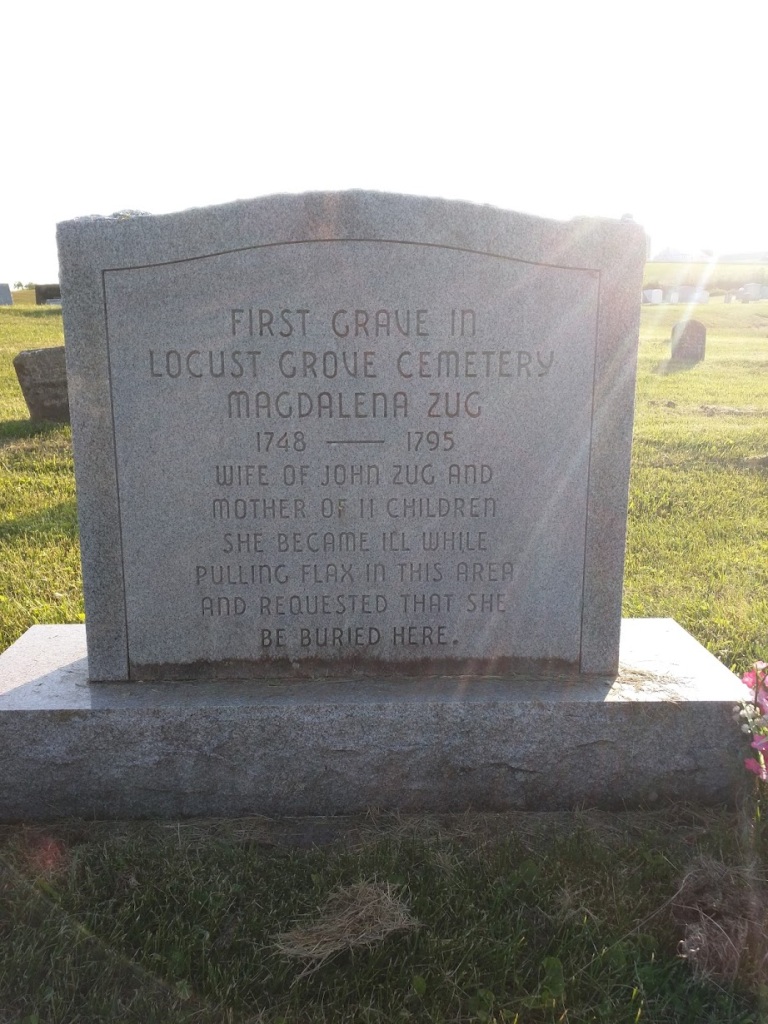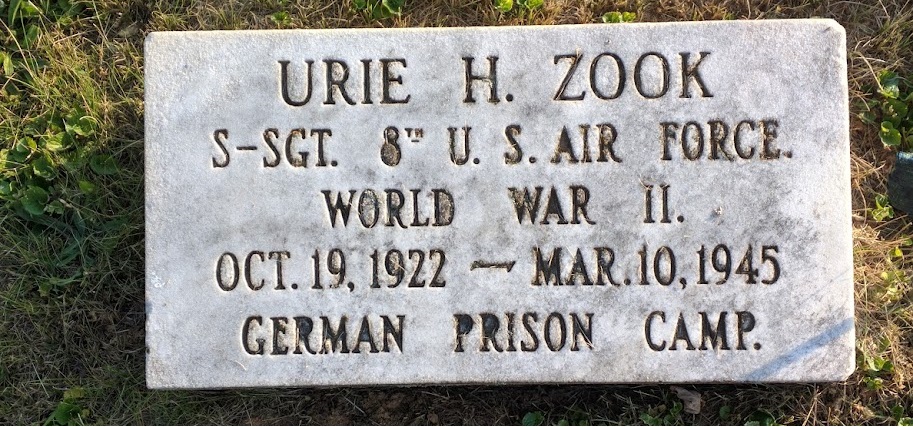Do the Amish Embalm Their Dead?
The Amish are one of the smallest and most reclusive subcultures in the United States today.
They're reputed for their refusal of modern mainstream conveniences including driving cars, and they live in a simple way that is reflective of their founding centuries ago.
This leads a lot of people to wonder: Do the Amish embalm their dead?
After all, embalming is an involved and technical process that requires the insights of someone working in a funerary capacity.
With almost all Amish working as farmers, carpenters, and the like, is embalming something that is even within reach of an Amish family when a loved one passes away?
Like many questions about the Amish, this has both a short and long answer.
We'll start with the short answer first.
Yes, the Amish Embalm Their Dead

In short: Yes, the Amish embalm their dead. In fact, it's quite common.
The biggest reason for this is the same reason why bodies are embalmed in mainstream society. Embalming allows the body to stay preserved for a certain amount of time so that loved ones can hold a funeral and say their final goodbyes.
In that respect, embalming a deceased Amish person is the exact same process as embalming for anyone else. There are no restrictions or regulations on how an Amish person must be preserved between passing away and burial, and the Amish will work with a funeral home to ensure everything happens properly.
This is the short answer. There's also a lot more that goes into the entire process of an Amish person passing away, including their embalming.
What Happens after an Amish Person Is Embalmed?

Once embalmed, the local community will come together for a viewing and a funeral, which often occur in the same day.
This event is viewed in two different ways, which may sound conflicting to outsiders. The Amish view funerals as both times of mourning and times of socialization.
This viewpoint comes from the fact that much of an Amish person's life revolves around work, faith, and family. There are very few occasions on the Amish calendar that are reserved exclusively for socializing.
As a result, a funeral is a time where the Amish don't feel the need to perform work. And while there is certainly a religious aspect to the funeral (as there is with most funerals), the service is often brief when compared to conventional Sabbath services.
Once the service concludes, the Amish will almost always bury their deceased in hand-dug graves on their property or a family member's property.
When the deceased is placed in their grave, the Amish will fill the grave to place their passed loved one to rest.
After the service is when the socialization time typically begins. This could take form in a variety of ways from freeform conversation throughout a property to discussions of memories of the deceased.
There's almost certainly plenty to eat, and there may even be games or playtime for children who may not yet fully grasp the gravity of a funeral.
All the same, it's important to reiterate that the burial process takes place on a family-owned plot of land. This is substantially different from other Christian denominations that have both churches and adjacent cemeteries.
But because an "Amish church" doesn't really exist, there are no adjacent cemeteries.
So where are the Amish buried, exactly?
Where Are the Amish Buried?

If you drive around an area with an Amish presence, it's all too common to find fenced or walled areas with small tombstones sticking out of the ground.
These are Amish cemeteries, and they're regarded with the same sanctity and respect as any other cemetery.
This is most notable in the fact that you can spot some of these burial plots along the side of roads in Lancaster, PA in particular.
This is because the land on which new roads or housing developments are built today was once Amish-owned farmland. This farmland may also have a family burial plot on it, and a combination of contracts and laws protect that cemetery even after a property sale is complete.
However, this mostly takes place in areas where the Amish live side-by-side with non-Amish populations, again like Lancaster, PA.
If you travel to more isolated areas where the Amish are more isolated, the cemeteries may look quite different.
Cemeteries in this case may take the form of a shared and dedicated plot of land that originally started as a family burial site and expanded throughout the generations.
These cemeteries in particular can be fascinating for historians and subculture buffs. Some of the tombstones can date back to the 1700s, pre-dating the foundation of the United States itself!
An Example of an Amish Cemetery

One area like this is Belleville, PA, an exceptionally small town nestled among a small Pennsylvania mountain range near State College.
Along with being home to all three major Amish denominations, Belleville also has a remarkably old Amish cemetery. And the reason I (Chris, the author of this blog) know this is because it belongs to my family.
Here, I can trace my family's lineage back to a woman named Magdalena, the progenitor of my family line in North America from nine generations ago.

My family stayed in Belleville since Magdalena and her family went there, right up until my dad's generation left.
This burial plot in particular also doubles as a type of "time capsule," where the original graves are focused toward the middle of the cemetery and the newer graves fan outward in surprisingly even increments.
Paths, trees, and a mix of grasses have grown throughout the plot ever since. In fact, Magdalena's tombstone is now located underneath an enormous tree that's well-deserved for a woman who started an enormous family and worked flax fields all day.

There's also the grave of my great uncle, Urie Zook, a rare example of an Amish-born person who left the faith to enlist in the military during World War II.

With all of that in mind, we can reiterate that the answer to our original question is yes, the Amish embalm their dead.
There is also a whole ritual and process to what comes afterward.
Want to Learn More about the Amish?
Check out our latest book, an enormous compilation of 53 essays that answer common questions about the Amish!
It makes a great coffee table book or an interesting read for anyone interested in learning more about one of America's oldest and nearly-unique subcultures.